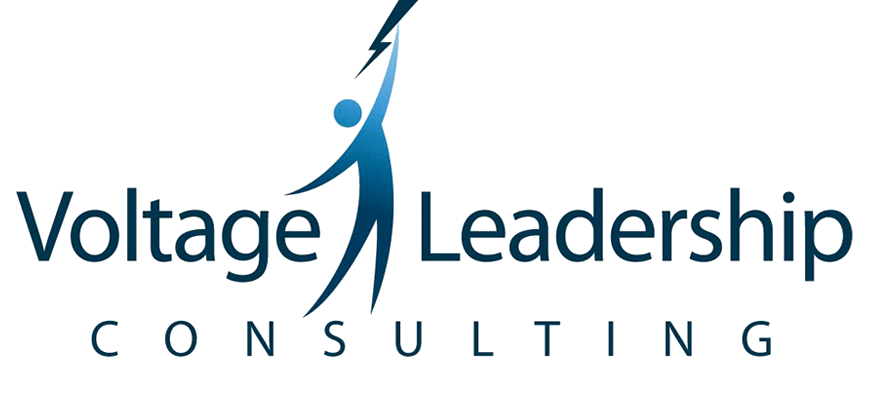Team Time Alignment
The synergy that occurs when a whole team focuses collectively on (1) efficient use of time and (2) attention management empowers the whole group. When everyone is moving in the same direction, trying to be effective and efficient with time, real progress is made in 30 days. And in 90 days teams are transformed!
Work is being executed, and meetings are meaningful. Everyone’s time is well spent. Meetings get shorter and more focused. People come prepared to meetings, because they have more time to plan, prepare and execute work. The Team Time Transformation is underway!
When I begin working with a Team to enhance and expand productivity, we begin with shared purpose and clear, shared Desired Outcomes. Then, the whole team works on calendar alignment.
Calendar Alignment focuses on:
• efficient use of time and
• attention management tactics that empower the whole group.
There are 2 Principles of Team Calendar Alignment
1. Use other’s time wisely
2. Ensure you have adequate time to act on tasks assigned.
Simple principles, but hard to achieve. We begin with the Team Calendar Gut Check.
Gut Check: Use Other’s Time Wisely
If you convene a meeting you must ask yourself: is this a good use of these people’s time?
Longer meetings (30 – 90 minutes) are meetings that ask people to think.
Thinking Meetings engage people. These meetings leverage the brain power around the table.
Decisions get made. Processes get developed. Feedback is taken. Adjustments are offered.
The organization and leaders move forward after meetings like these. It is time well spent, as long as the right people are around the table. People feel valued and engaged when they are in these meetings.
How do you figure out if you are leading a Thinking Meeting? Ask yourself. Ask your attendees.
• Am I leveraging their collective thinking?
This means they do most of the thinking and talking. You ask a couple of questions. You listen and sift and sort through their insights.
If this is what the meeting is, then you have a Thinking Meeting.
Plan for 30 -90 minutes, depending on the content you need to cover.
Stand Up Meetings (5-12 minutes) are for Information Transfer.
You have information. You have updates. You need to communicate new expectations.
You need information and updates shared. Then you need 10 minutes tops. It’s a Stand Up.
Stand Ups share:
• critical information,
• update status, and
• get teams aligned.
These are Alignment and Update Stand Ups.
Before you schedule a meeting, and bring everyone together, ask yourself:
What do you need from your meeting? If you want to leverage their thinking, then you need more time. If you need to share your thinking and get updates, then you need less time.
Respect people’s time. It is the most valuable asset you and they have. Use it with care.
I have a colleague who walked out of a meeting with his co-worker.
The co-worker turned to him as they walked to the parking lot: “Well, we can’t get that hour back.”
“Yeah. I know. What was the worst part for you?”
“I think it was the Soul Sucking part.”
“Which Soul Sucking part?”
Yikes! This is a true story, and that must have been a terrible meeting.
The simple act of thinking about how you are spending the collective time of your team will help you learn to respect their time and talent. This, in turn, will ensure that the conversation between those two co-workers is not one that takes place after a meeting you convene.
